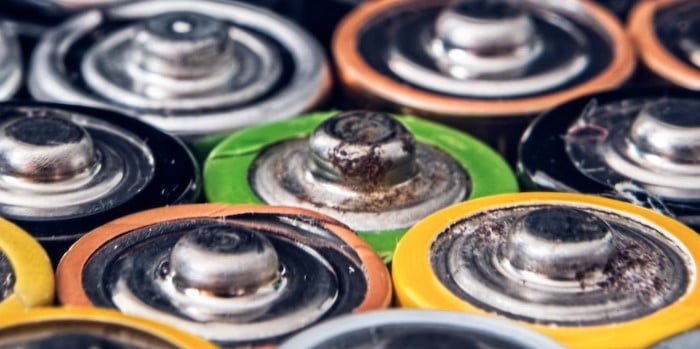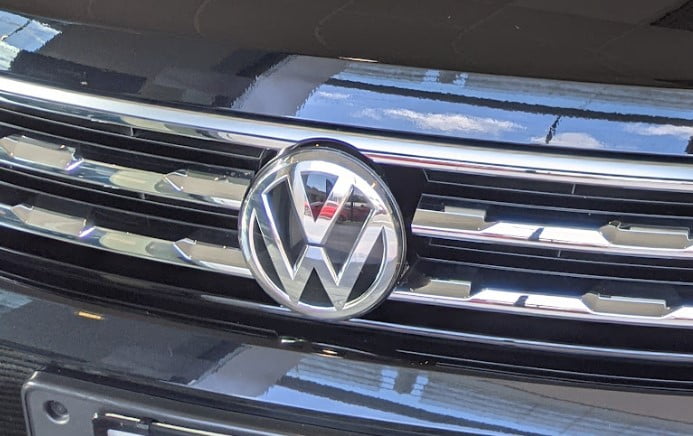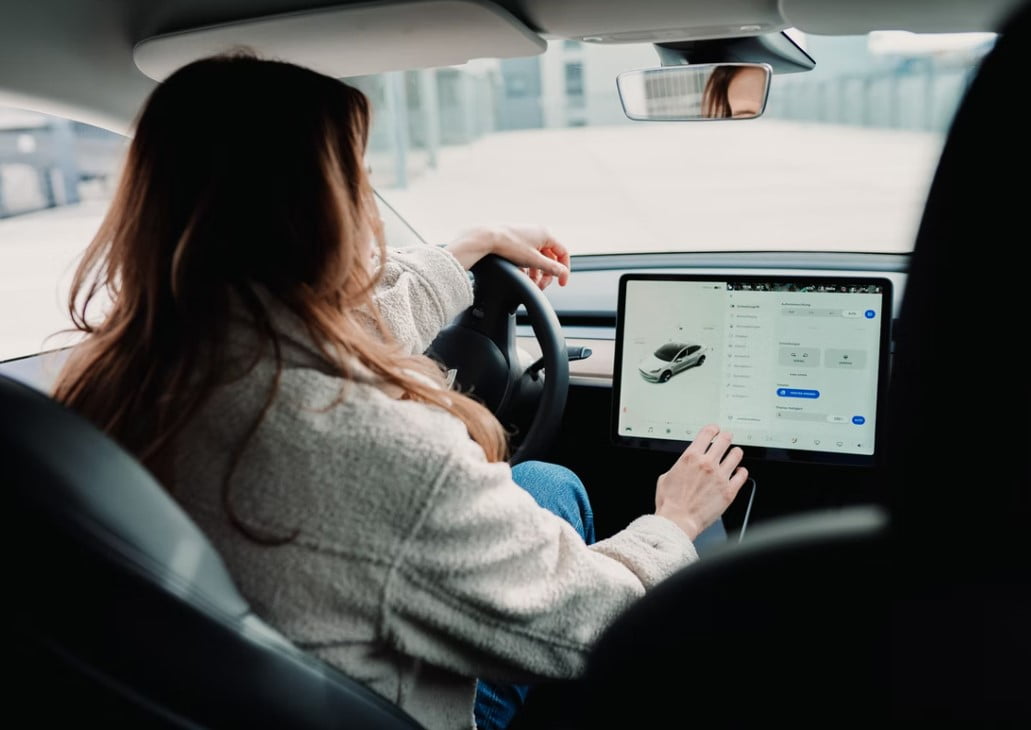Interesting Facts You Need To Know about Electric Vehicle (EV) Batteries

People say diamonds are forever, but your EV battery is not a diamond so don’t expect it to last forever. In spite of that, the plan to have electric vehicles (EVs) replace petrol vehicles with internal combustion engines (ICEs) became expedient due to the latter’s harmful environmental impact.
As you already know, pollution is one of the leading causes of death around the world because it affects over 100 million people. In fact, hydrocarbon emissions from petrol vehicles’ exhaust pipes account for one-fifth of global carbon dioxide (CO2) emission.
While many environmental activists see EVs as lifesavers, car lovers consider them trendy and more efficient than traditional petrol vehicles.
You see, electric cars have batteries that work like your normal smartphone’s battery, meaning that you have to recharge it; and its energy-storing capacity depreciates over time.

After a while, you have to change it. Not to mention that some people fear that their EV battery will go flat in the middle of nowhere, leaving them stranded (range anxiety). If you have those concerns, you are not alone. However, this informative article will show you some facts around Battery Age and EV Depreciation. Now, let’s set the ball rolling.
Overview of Electric Vehicles
As simple vehicles, electric cars have 3 major components: Electric motor, power pack and transmission. In contrast, the traditional cars have ICEs that generate energy power by burning a mix of fuels. Electric vehicles are also called battery electric vehicles (BEVs) because they have a large traction battery pack that powers the electric motor, which drives the wheels.
To reinvigorate the running system, the rechargeable battery must be plugged into a wall outlet known as electric vehicle supply equipment (EVSE). As a result, there is no room for fuel components like fuel tank, fuel line or fuel line.
Still, the EVs have key parts like charge port, battery, DC converter, onboard charger, power electronics controller, traction battery pack, etc. Whereas these next-gen automobiles convert 59 – 62% energy into movement, today’s petrol vehicles struggle to convert about 17% – 21% of energy into movement. This leaves you in no doubt as to why EVs are more efficient.
Furthermore, it is noteworthy that there are many types of electric vehicles in use today. First and foremost, some EVs are designed to switch from ICEs to electric motors and are called hybrid electric vehicles (HEV).
In other words, they have both petrol engines and large electric motors. In HEV, the regenerative braking recharges the battery. The car starts with the electric motor and switches to the engine as it accelerates. This requires no chargers and an onboard computer system alerts the driver when electricity or petrol has been used up. Secondly, there is a plug-in hybrid electric vehicle (PHEV) that has both petrol tank and charging port.
It can cover 20 – 30 miles on electric power alone because it has a big battery and can recharge from the grid. Although it is important to mention these types of EVs to give you a broader understanding of the innovative vehicles, this article will focus on the BEVs, and not the hybrid models.
How long to EV Batteries
With respect to EV battery chemistry, it is grouped under the following materials and is important to understand when considering Battery Age and EV Depreciation:
- Li-ion: Most EV batteries are based on Li-ion because lithium has high power-to-mass ratio. The lithium batteries have cathode, anode, liquid electrolyte (salt, solvents and additives) and separator (ensuring that anode and cathode don’t make contact). Lithium is also a light metal, safe to use and has ions. However, the amount of lithium used in EVs is over 10,000 times that of mobile devices, thereby increasing the demand for lithium. This is one of the reasons manufacturers are speeding up research into alternatives like nickel metal hydride (NiMH), lead acid, ultra-capacitors, and solid-state batteries. CATL, Ganfeng Lithium, AESC, Akasol, and BYD are some of the makers of Li-ion EV batteries.
- Nickel Metal Hydride: This is better suited for HEVs and PHEVs. Studies have shown that this type has a better lifespan and is more affordable than nickel and lead-acid types. The failing is that it is more likely to self-discharge when it is not in use. It is also more likely to generate more heat than other types of EV batteries. When such batteries generate excess heat, it shortens their lifecycle. This is a major shortcoming of the NiMH batteries. NiMH batteries are used in Toyota hybrid cars.
- Solid-state Electrolyte: Solid-state electrolyte is a departure from the liquid state electrolytes of Li-ion and NiMH. However, it is made of lithium. This uses a solid-disc electrolyte. Solid-state batteries are more stable and have higher energy density than others. It is also less flammable and charges faster than the rest. On the flipside, gaps in solid–state electrolyte material degrade its performance and lifespan when it is used in EVs. There is also a challenge with its electrical resistance between positive electrode and electrolyte. Experts are currently researching this technology.
Generally, EV batteries last for between 10 and 20 years before they are replaced. However, years of research and close observation have shown that as the parts wear and tear, the battery starts degrading.
Practice has also shown that if you purchase an electric car of 150-mile range today, you are likely to lose 15-40% miles of accessible range after five years. When a battery degrades, it means that it cannot store or deliver the amount of energy it was initially designed to.
But then, the one good thing about EV batteries is that they are built to deliver more power than its powertrain components can handle. Hence, power degradation is hard to notice in EV batteries. Nonetheless, what is more noticeable is the battery’s energy-storing capabilities.
The condition of the battery is commonly known as its state of health (SoH). This means that when you purchase a new battery, it has 100% SoH. However, as time goes on, it continues to depreciate. For example, when you purchase a 100% SoH battery of 60kWh, its SoH drops to 90%, leaving your battery with 54kWh.
As it degrades, it gets to a point where it cannot power a car. At this point, you have to replace it. This is a primary concern and reason why EV’s can depreciate at faster rates than ICE (gas) cars.
Cost of Battery Replacement
Having read thus far, you are probably thinking of the cost of replacing your EV batteries. Well, the factors that determine the cost of battery replacement boil down to:
- The type of vehicle you drive
- The type of EV battery you use. It is expensive if the battery is made of metal
- The size of the battery. In other words, how large the battery pack is.
- Is the battery under warranty or not?
If your battery is still under warranty, chances are that you could get it replaced for free. The current price of an average battery is $128 per kilowatt-hour (kWh) of battery capacity. For instance, if you are going to replace the 65-kWh battery of your Chevy Bolt, you should be budgeting about $8905 for a brand new one.
Considering the factors listed above, some EV batteries cost about $5000 to replace, while some can go as high as $20,000. The cheering news is that the cost of battery replacement is likely to go down in the near future.
This is because it has become a trend in the EV industry; new batteries are progressively designed and built with cheaper metals. According to one Bloomberg report, the cost of replacing an EV battery in 2010 was over $1000/kWh, but it dropped to $137/kWh in 2020. Experts project that it would further crash to $100/kWh by 2023.
Battery Depreciation and Warranty
Most EV batteries have warranties as automakers consider it a way of attracting customers (selling point). For the vast majority of EV traction batteries, most automakers offer an 8-year per 160,000-kilometer warranty.
By and large, warranty covers from 7 to 10 years, depending on the automaker and country. For instance, Nissan gives 8 years or 100,000 miles and Kia offers 10 years or 100,000 miles. On the other hand, Hyundai offers a lifetime coverage on its batteries. Although these “paper statements” sound interesting, there is more to it.

For instance, automakers like Tesla, BMW, Chevrolet, Volkswagen and Nissan will only cover a battery pack if its capacity drops to about 60% – 70%.
The good thing is that these EV batteries are less likely to break down within the time the warranty covers because unlike those of ICE, they have to power fewer mechanical components. You should also keep in mind that the biggest threat to your battery is heat. Hence, automakers strive to protect them from heat by insulating and cooling them. If you drive your EV in a hot climate, your battery is probably going to deplete faster.
On top of all this, you can help yourself because how long your battery lasts depends on driving and charging habits, charging rate, storage, etc. For example, you should not charge your battery up to 100% and allow it to drop to 10% because doing so adversely affects its lifespan.
After 500 cycles, lithium ion begins to lose its installed energy capacity. Once the range drops, your car value depreciates. To avert this, automakers buffer the batteries, meaning that the driver cannot use all the installed energy. Another way they increase the lifespan of your EV battery is to reduce the number of cycles it goes through. This way, you can get the real value for your money.
However, you are not being fair to yourself if you charge your battery with 3 fast-charging port. Much as these stations allow you to charge your car for up to 80% in 30 minutes, the downside is that the process overheats your battery. In the long run, its performance and longevity are terribly affected.
One study by the US Department of Energy (DOE) has shown that if you always charge your EV battery, it degrades quickly because it prevents the lithium ions from moving freely. Because there are by far fewer moving components in an EV than the conventional petrol vehicles, EV batteries are easy to maintain. It is also crucial to point out that EVs have fewer parts that are likely to fail.
Range Anxiety: Why Does It Matter?
Sometimes, prospective EV owners fear that their batteries may abruptly run down. This is known as range anxiety. It really matters because it hinders widespread adoption of EVs. Nobody wants to be stranded in the middle of nowhere! Stats show that over 58% of people are not willing to buy an electric car due to range anxiety. Whether you already have an electric car or intend to buy yourself one, don’t let range anxiety deter you from enjoying the car. Here’s why:
- You can charge your car in the comfort of your home
- The average driving range of an EV is 200 – 300 miles with high-end models doing 400 – 500 miles
- EV charging stations are strategically located in many places than you think
- You can sufficiently charge your battery in 15 to 30 minutes
Moving on, maintenance should matter to you. You see, the heavier you use the battery, the older it becomes. In turn, this affects your car value. In fact, the moment your battery capacity drops to 80%, you are likely to notice a fall in your car’s range and performance. However, everything depends on how you use the battery.
EV Battery
Your EV battery is the most important component of your car; you can liken it to the petrol in your traditional vehicle. Without it, your car won’t operate or move. No wonder the battery is the most expensive part of the electric car, accounting for 30-40% of its cost and very important component when considering battery age and EV depreciation together.
Interestingly, there is so much you can do with that EV battery you don’t use in a car anymore. Sure, you can recycle it! To recycle it, you can use it for energy storage in an electric network or meeting your home’s energy needs. Afterwards, this significantly cuts your power bills and saves you some money. In short, brand like Volkswagen and Nisan have already announced plans to repurpose EV batteries.
Put simply, your EV battery is still useful even if you cannot use it in your car anymore. Winding down, you don’t necessarily have to be an environmental activist like Greta Thunberg to save the world; you make a bold statement with your EV without uttering a word!
